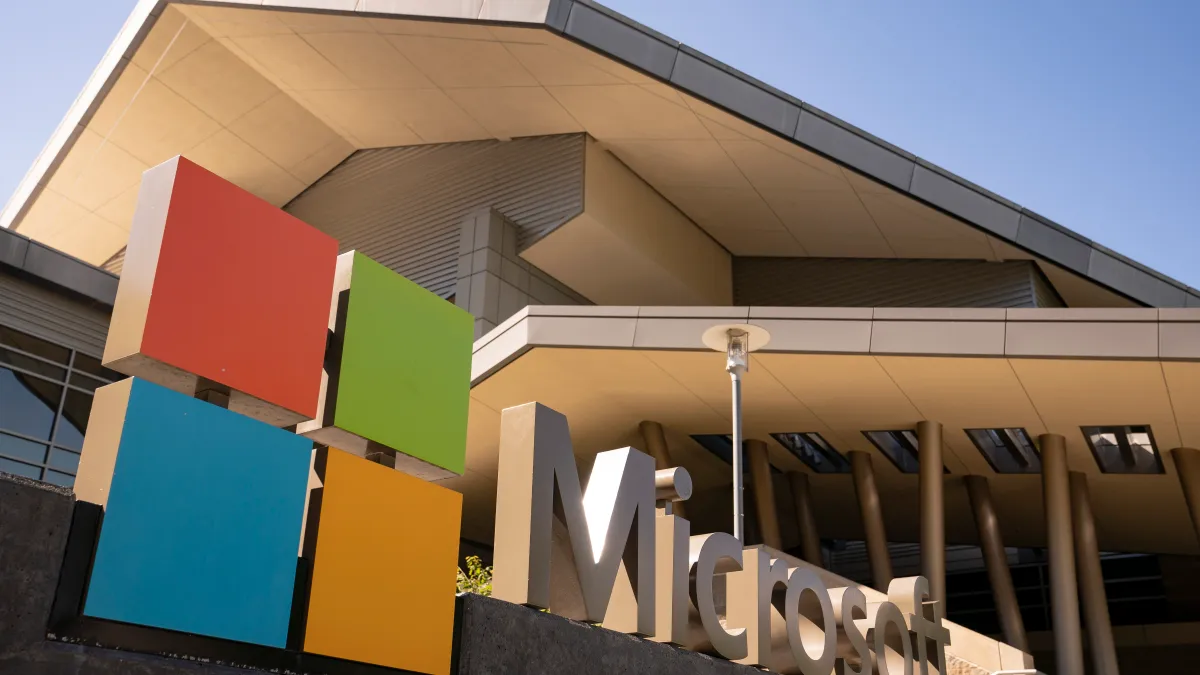The mergers and acquisitions space has seen some ups and downs over the past few years as the economy adjusts to higher interest rates and other market headwinds. However, a strong M&A strategy can also be a key element of growth for a company — conversational AI platform SoundHound AI, for example, has taken a programmatic M&A approach aiming to expand its presence in key verticals, CFO Nitish Sharan said.
“We're going to do that through looking for partners and targets who can either accelerate our journey, amplify our journey, [or] get us into new places that might take us otherwise five years,” Sharan said in an interview.
Reaching the ‘break even’ zone
The company’s M&A strategy comes as SoundHound aims “to get to a break even zone with accelerating growth,” Sharan said. The company is looking to be adjusted EBITDA positive in 2025, he said, in concurrence with its growth.
A provider of conversational and voice AI technology — which began life as a song identification service — SoundHound has moved swiftly to establish itself as a key player in the AI voice space, debuting as a public company via SPAC merger in April 2022, CFO Dive previously reported.
Sharan, whose resume includes tenures at Nike, Hewlett Packard Enterprise and Accenture, joined SoundHound as its first finance chief in September 2021, according to his LinkedIn profile.
His past experiences at those companies allowed him to serve under numerous leaders with different approaches and provided key examples of how taking a programmatic M&A approach, “the right way, with the right discipline, can be tremendously value-accretive to a company,” Sharan said.
Programmatic M&A refers to an acquisition strategy which “treats dealmaking as a capability and not an event,” according to a 2023 report by McKinsey. The approach, which means companies are consistently acquiring new entities, “can improve an organization’s odds of outperforming companies that only do one-off and very large deals” or pursue more reactive M&A strategies, McKinsey argued.
“I come to this role with that philosophy, and we certainly see that in an AI space that's moving so rapidly,” Sharan said of his programmatic M&A strategy.
The company has targeted companies with presences in key verticals including restaurant ordering and “voice-enabled” services that can help it achieve its plans for continued growth along with its endeavor toward cash positivity.
The company’s recent acquisitions include SYNQ3 Restaurant Solutions, another voice AI provider, and online ordering platform Allset, the latter of which will enable it to “speed up the development of a voice-based e-commerce system,” Industry Dive sister publication Restaurant Dive reported at the time.
Its most recent acquisition, conversational AI platform Amelia, is expected to contribute $45 million in recurring AI software revenue in 2025, with SoundHound forecasting that combined revenue that year will exceed $150 million, according to a press release last month. SoundHound acquired the platform in August for $80 million in cash and equity, in a deal which included partial payment and assumption of Amelia’s debt, according to the release.
“There's cost synergies, there's broader revenue, upsell, cross-sell opportunities there,” Sharan said of the Amelia deal.
Avoiding the AI ‘blind spot’
For its full-year 2024, SoundHound expects that revenue will exceed $80 million, according to its most recent earnings report. For its second quarter ended June 30, the company reported a 54% spike in revenue to $13.5 million. The company reported a GAAP net loss of $37.3 million for the quarter, as well as an adjusted EBITDA loss of $13.8 million.
Acquisitions will continue to play a role in SoundHound’s strategy, though the company will continue to weigh such moves against its push to profitability, Sharan said.
Crucially, that means ensuring the conversational AI company is looking beyond the spotlight highlighted by emerging variants of the technology, Sharan said.
When considering potential applications of generative AI, it's important to "compartmentalize, where is the hype versus where it’s not, because I don't think it's uniform,” he said.
Paying too much attention to one technology or area can also have its drawbacks, Sharan said. “Whenever you get too much hype (in) one direction, heads have turned too far in that direction, you actually have gotten blind spots on other parts where there's real attractive valuations,” he said. “And so I think it's important to be broad-based.”




















